1 professionals
Seborrheic dermatitis: Clinic, diagnosis and treatment
Seborrheic dermatitis: Clinic, diagnosis and treatment
URL copied
Medical editor: Dr. Pierre Schneider, Dermatologist, Saint-Louis Hospital, France.
Related topics
The causes of seborrheic dermatitis are multifactorial and involve the interaction of three factors:
In addition to its involvement in the development of seborrheic dermatitis, Malassezia yeast is associated with numerous skin diseases such as pityriasis versicolor and folliculitis3.
A set of arguments identifies sebaceous secretions as participating in the physiopathology of SD:
While these arguments support a role for sebaceous secretions in the development of SD, the details of their involvement remain unknown.
The clinical presentation of seborrheic dermatitis is different in infants and in adults.
Infantile seborrheic dermatitis appears towards the end of the 1st or 2nd month and lasts approximately 4 to 6 months. It appears as squamous erythema or crusty eruptions. It can present itself:
Fig 1,2: Cradle cap
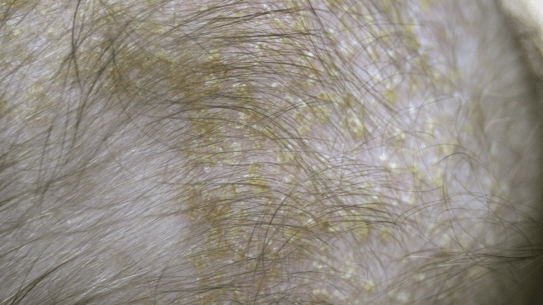

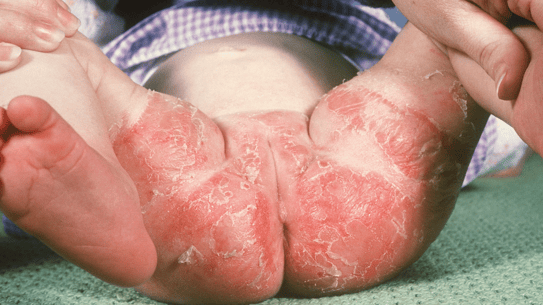
Fig: Mediofacial seborrheic dermatitis


Clark GW, Pope SM, Jaboori KA. Diagnosis and treatment of seborrheic dermatitis. Am Fam Physician. 2015 Feb 1;91(3):185-90. PMID: 25822272.
Fig 1: Atopic dermatitis; Fig 2: Candidiasis; Fig 3: Impetigo, Fig 4: Nummular dermatitis; Fig 5: Pityriasis rosea
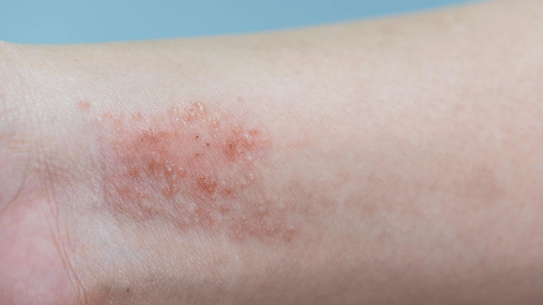
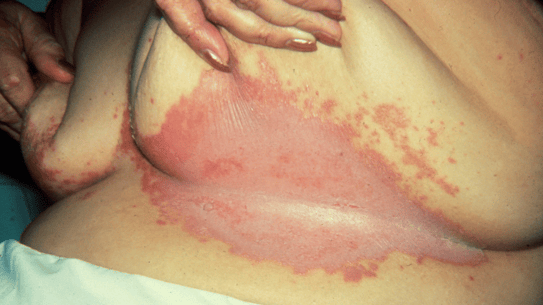

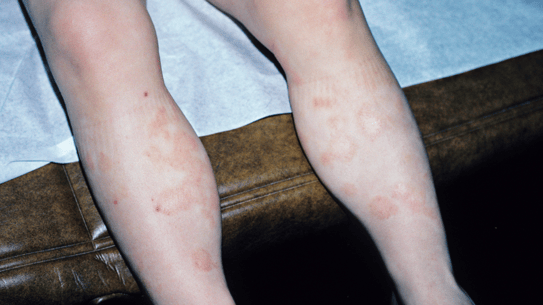
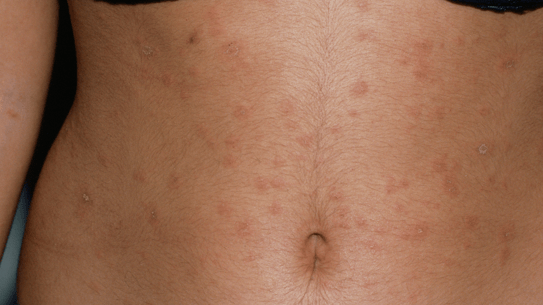
What should be applied in case of diaper rash?
Diaper rash can have several causes. Some of the most common are:
When seborrheic dermatitis is suspected, the therapeutic management is the same as for adults: application of topical antifungals associated with a short treatment of dermocorticoids, if necessary.
Is Vaseline recommended to remove cradle cap?
Vaseline ointment is indeed recommended for removing cradle cap: apply it to the baby's head in the evening and wash the next day with a mild shampoo. The scales can then be removed more easily13.
Create easily your professional account
I create my accountAccess exclusive business services unlimited
Access valuable features : audio listening & tools sharing with your patients
Access more than 150 product sheets, dedicated to professionals
